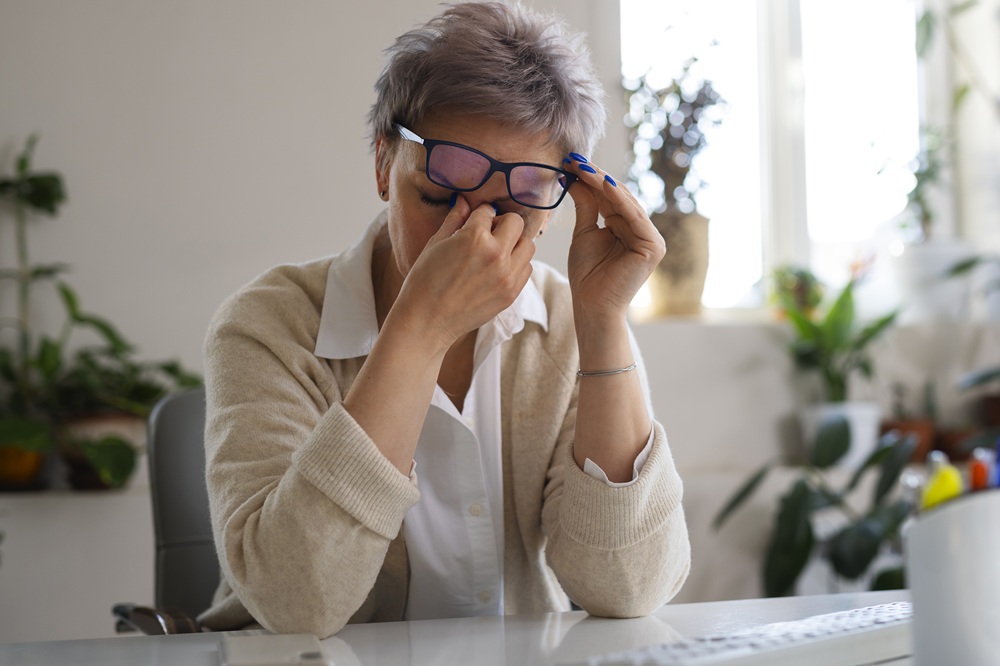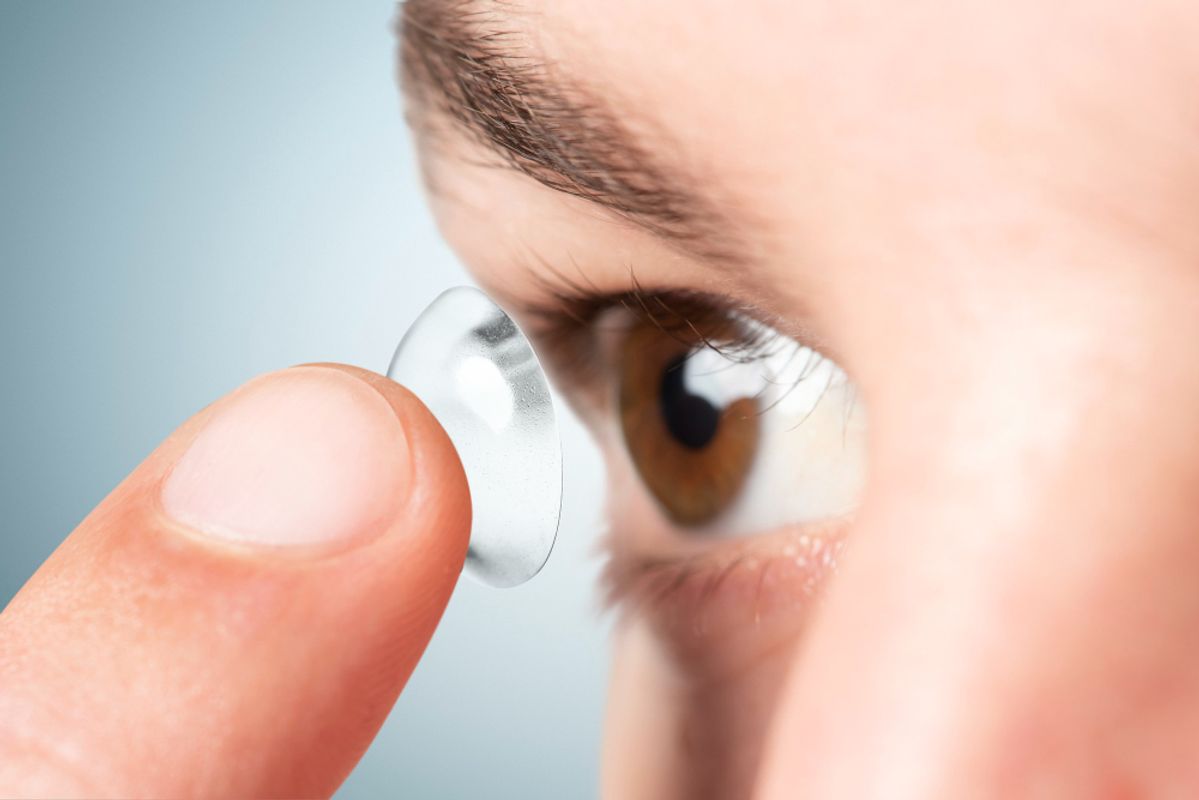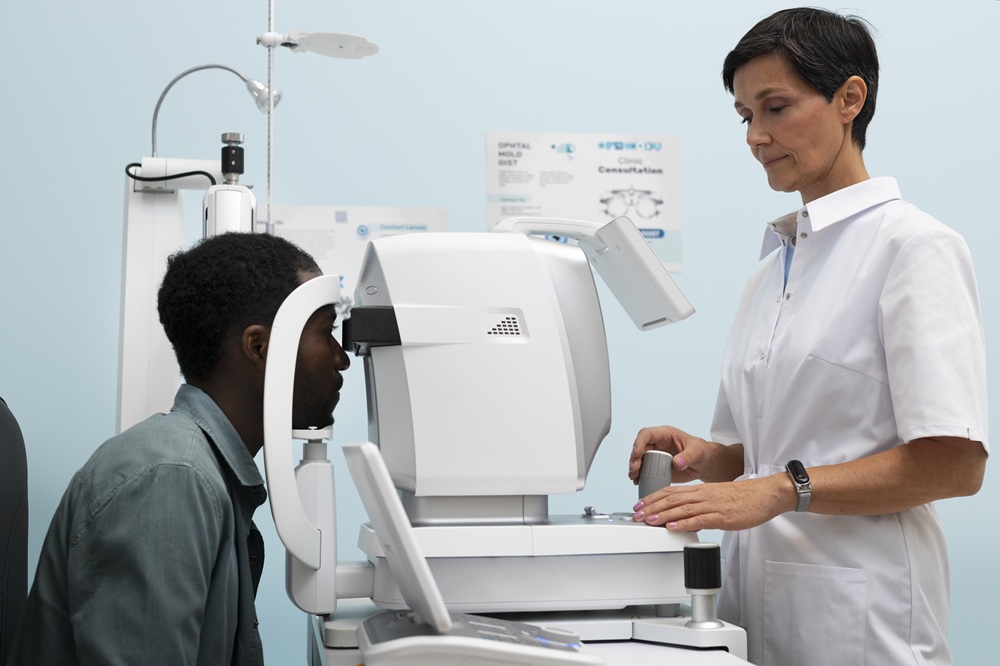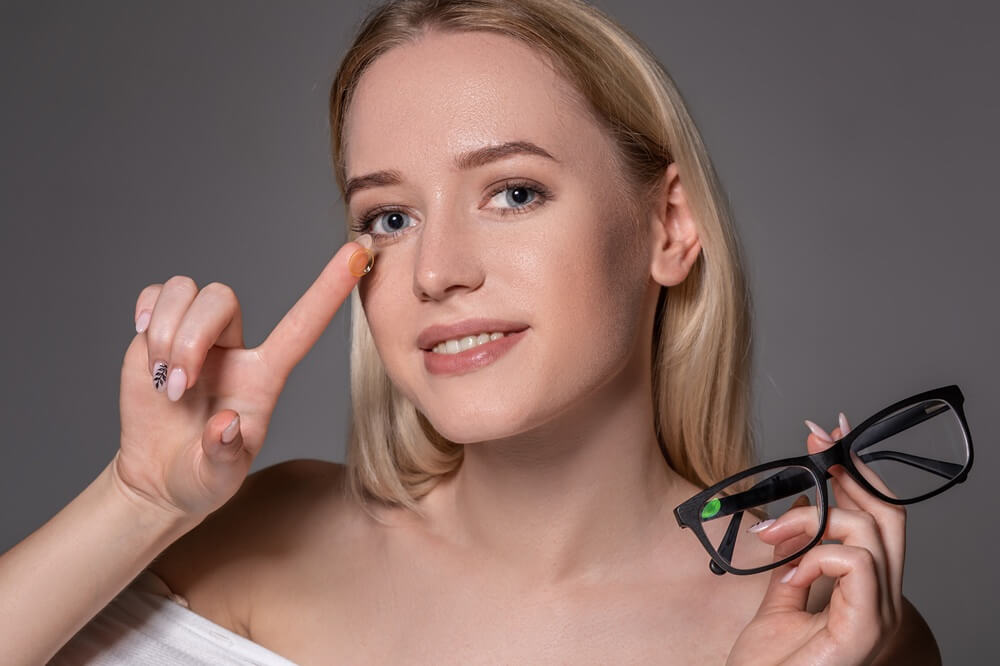
Pregnancy & Vision: Can You Get LASIK While Expecting?
Pregnancy is a joyful time, full of expectations and hope, but it can also take a toll on your body. Along with nausea, backaches, and mood swings, you may find your vision affected too. LASIK surgery is the most popular choice for vision correction, but you should avoid getting it done during your pregnancy.
Let’s look at some of how being pregnant could affect your eyes and why LASIK vision correction should be conducted either before or after your pregnancy.
Continue reading Pregnancy & Vision: Can You Get LASIK While Expecting?










